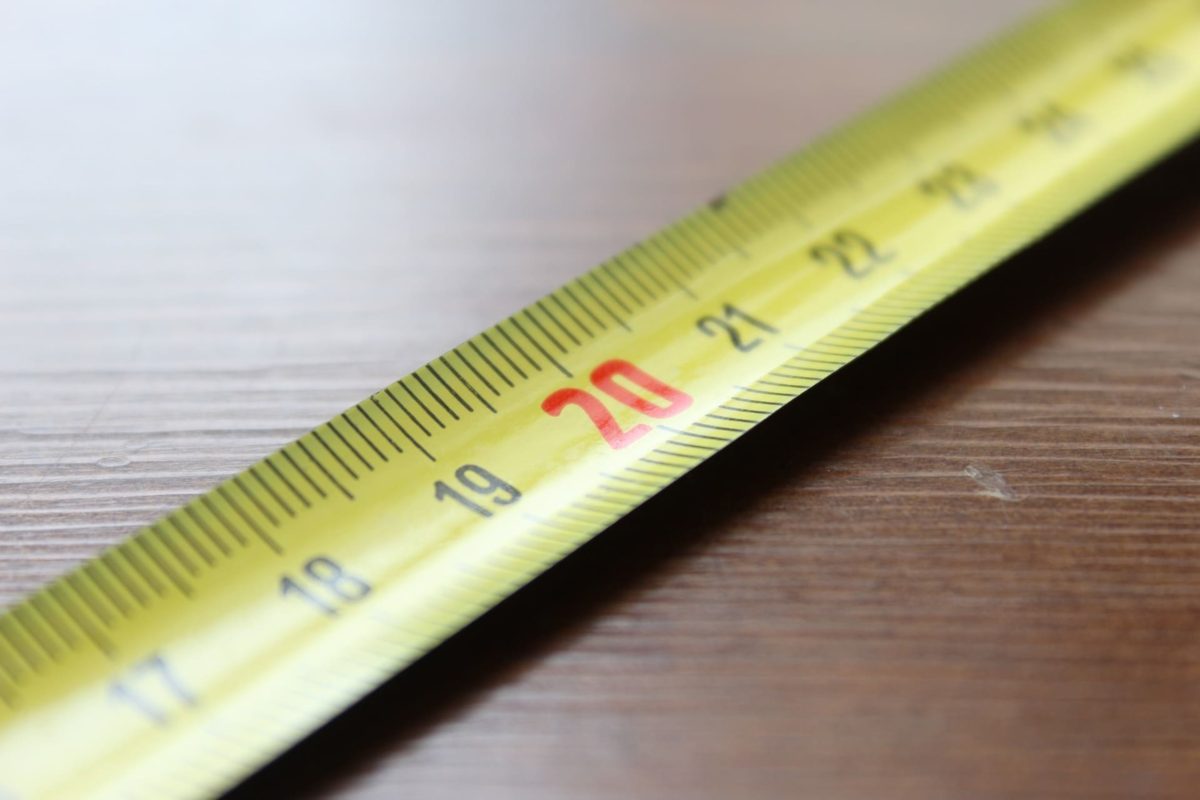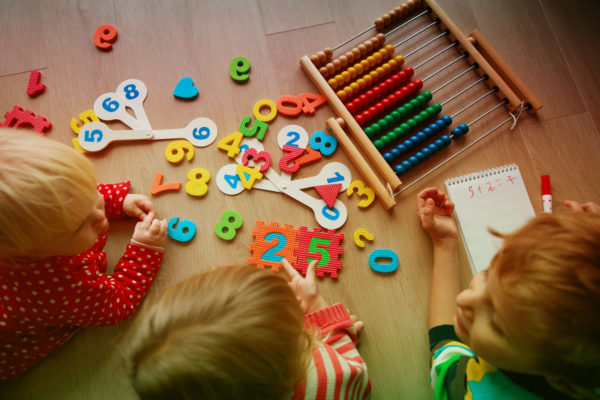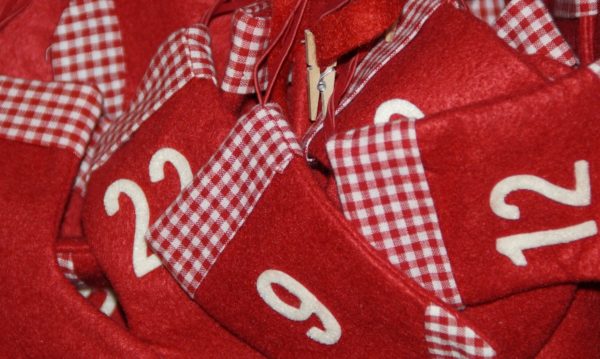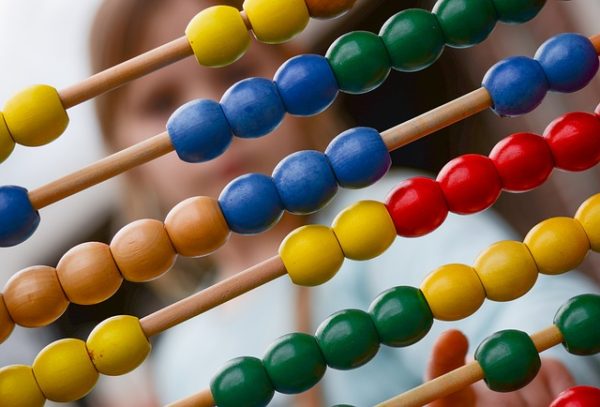Number Lines in the Early Years
I love number lines! These math tools have been around a while but they can sometimes be considered old-fashioned compared to some of the newer, fancier maths resources being produced today. Using number lines in the early years should not be overlooked as a key teaching tool. They are cheap, easy to produce and have so many different uses when it comes to teaching and understanding number concepts in the early years. They again become useful in higher grades when the concepts of negative numbers and decimals are taught.
Why are number lines useful?
Although other commonly used manipulatives help children to conceptualise numbers, using number lines in the early years is useful because it represents the relationship between numbers. When learning addition, children must make the leap from counting starting at 1 to counting on from any number. Children are used to reciting the numbers in order but learning to “count on” can be more of a challenge. This means starting at any given number and counting on from there. Number lines reinforce this concept. Laminating Printable Number Lines means that you can write on them with whiteboard pens and use them multiple times.
How do children learn to add?
When first teaching the concept of addition, children are taught to count objects altogether. This helps them to practise counting from one, as in the example below:

Using a number line to solve the equation 3 + 4 = 7, we must use the concept of “counting on” starting at 3. Then we make jumps to count on 4 more. We end up at 7.

Counting on is an important skill when learning how to calculate equations mentally and number lines are a great way to reinforce this idea.
Number Line Activities for the Early Years
1) Number lines to teach number correspondence
a) Try counting on with some numbers blanked out:

b) Try finding the number an arrow is pointing to with only a few numbers visible:

c) Try counting on from a specific number and filling in the rest of the numbers:

2) Number Lines to Teach Addition and Subtraction
a) Try simple addition sentences such as 3 + 3 = 6. The rabbit starts on 3 and jumps forward another 3.

b) Try simple subtraction sentences such as 7 – 4 = 3 The rabbit starts on 7. Then he hops backwards 4.

c) Try fill in the blank equations. Use a number line which only shows 0, 5, 10. Show jumps from one of these numbers and an empty equation to fill in. Then write the equation. For example, 5 + 4 =

d) Try adding multiple numbers using the number line. For example, 3 + 5 + 2 =
 3. Number Lines to teach transitioning past 10
3. Number Lines to teach transitioning past 10
Use number line to reinforce the mental math strategy of jumping to 10 first and then jumping the rest of the way. For example: 8 + 4 = 8 + 2 and then 10 + 2

4. Open Number Lines
As your child progresses and becomes more comfortable adding larger numbers, and counting in tens or fives, they can start to use an open number line to help them with their addition and subtraction questions.

With a question like 12 + 23 = , they would start by adding the first number to the number line. Partition the second number into tens and units. Add these tens and units in separate jumps until the answer is reached.
Additional Number Line Ideas
- Let your child make their own number line using post its and an empty wall space.
- Create a life size number line on the floor and let your child act out the maths problem by doing the jumps themselves.
- Create a number line using different colours for the odd and even numbers to reinforce the concept and use this to help with skip counting in 2s and 5s.
- For more creative ideas of how to utilise number lines, check out this website.
Number Lines and Mental Maths
Using number lines in the early years help provide a mental strategy for addition and subtraction. It’s easy to think of them as a special resource for those students who are struggling, but this is not the case. Number lines can help all students because they promote and encourage good mental arithmetic strategies. Young learners soon progress from using simple physical number lines to visualising them in their minds. The jumps they perform on the number line are then done mentally and eventually subconsciously as they become more experienced mathematicians. So embrace the number line and enjoy the benefits!







